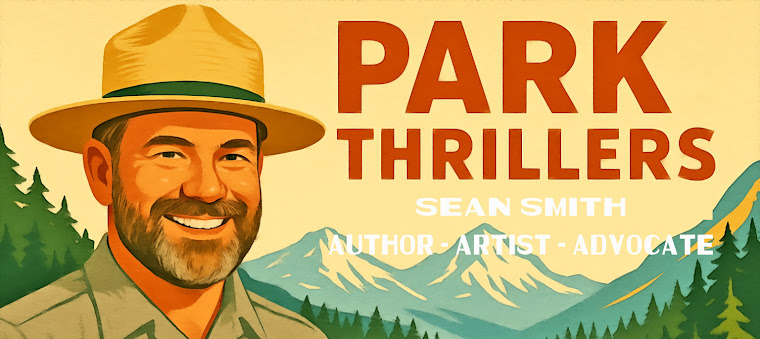Senator Mike Lee (R-UT) has introduced Amendment 3972 to the Interior Appropriations bill. This proposal would strip out longstanding legislative language that currently protects the National Park System from disposal and sale. If this amendment passes, it would send a clear and dangerous signal: that the federal government could sell off national parks to the highest bidder.
What Amendment 3972 Would Do
Under current law, the Interior Department is required to retain ownership and operation of all National Park Service units, national historic trails, and wild and scenic rivers, ensuring these places remain public lands managed for future generations. Amendment 3972 would remove that requirement from the Interior Appropriations bill.
That means:
-
The Department of the Interior would no longer be legally bound to preserve all existing national park lands as federal land.
-
It would send a signal to the White House and Department of the Interior officials that selling or transferring park units is permissible.
-
National parks, battlefields, seashores, and historic sites, treasured by millions, could be at risk of privatization, transfer to state control, or outright sale.
In short: a vote for Amendment 3972 is a vote to weaken foundational protections for our national parks.
Why This Matters to Every American
Our national parks are more than scenic landscapes; they are living history and economic engines:
-
National parks preserve key parts of our heritage, from Revolutionary War battlefields to iconic geological wonders.
Parks deliver enormous economic value. According to the National Parks Conservation Association, for every $1 invested in the National Park Service, communities receive roughly $15 in economic return through jobs, tourism, and local spending.
-
Park tourism sustains local jobs and injects billions into state and local economies every year.
This isn’t speculative; Americans across the political spectrum overwhelmingly support protecting public lands and national parks, not dismantling them.
This Threat Is Real — And Happening Now
Advocacy groups, including the National Parks Conservation Association and Western Priorities, are sounding the alarm. If Senator Lee’s amendment passes, it would undermine crucial protections and be a major step toward privatizing land that belongs to all of us.
We are weeks away from the 250th anniversary of the United States; there is no better time to protect our heritage than now.
Take Action: Call Your Senators Today
Please contact your U.S. Senators today and urge them to vote NO on Amendment 3972 to the Interior Appropriations bill.
Our parks are not for sale. They are not political bargaining chips. They are part of our national identity and legacy.
Here’s what you can tell your Senators when you write/call:
Hello, my name is _____ and I live in _____ (town/state).
I am urging you to vote NO on Senator Mike Lee’s Amendment 3972 to the Interior Appropriations bill.
This amendment would strip protections that keep national parks in public hands and could lead to their sale or transfer. Our national parks are treasured public lands that preserve our history and support local economies.
Please protect them — vote NO.
Thank you.
Now is the time to act. Pick up the phone, make the call, and tell your Senators that America’s national parks are not for sale.
###
Meet Sean Smith, a master of conservation, adventure, and storytelling! This award-winning
conservationist and former National Park and Forest Ranger has trekked through the wilderness of Yellowstone, Glacier, Mount St. Helens, and the North Cascades, keeping nature safe with his trusty ranger hat and boots. But Sean's talents don't stop there. He's a TEDx speaker and even a private pilot.
But amidst all these adventures, Sean's heart beats for storytelling. He's been spinning tales since childhood, and now he writes thrilling national park novels that'll have you hooked from the first page. Imagine the drama and mystery of the mountains combined with the adrenaline of a rollercoaster ride. That's what you'll find in Sean's books, set against the majestic backdrop of Yellowstone, Gettysburg, and Mount Rainier. His most recent thriller is set in Glacier and will drop later this year.
So, if you're craving an escape into the wild, look no further. Grab a copy of Sean's novels and prepare for an unforgettable adventure. These stories will transport you to the heart of the national parks, where danger lurks and heroes rise. Don't miss out! Find all his captivating novels right here and in the QR code included.







